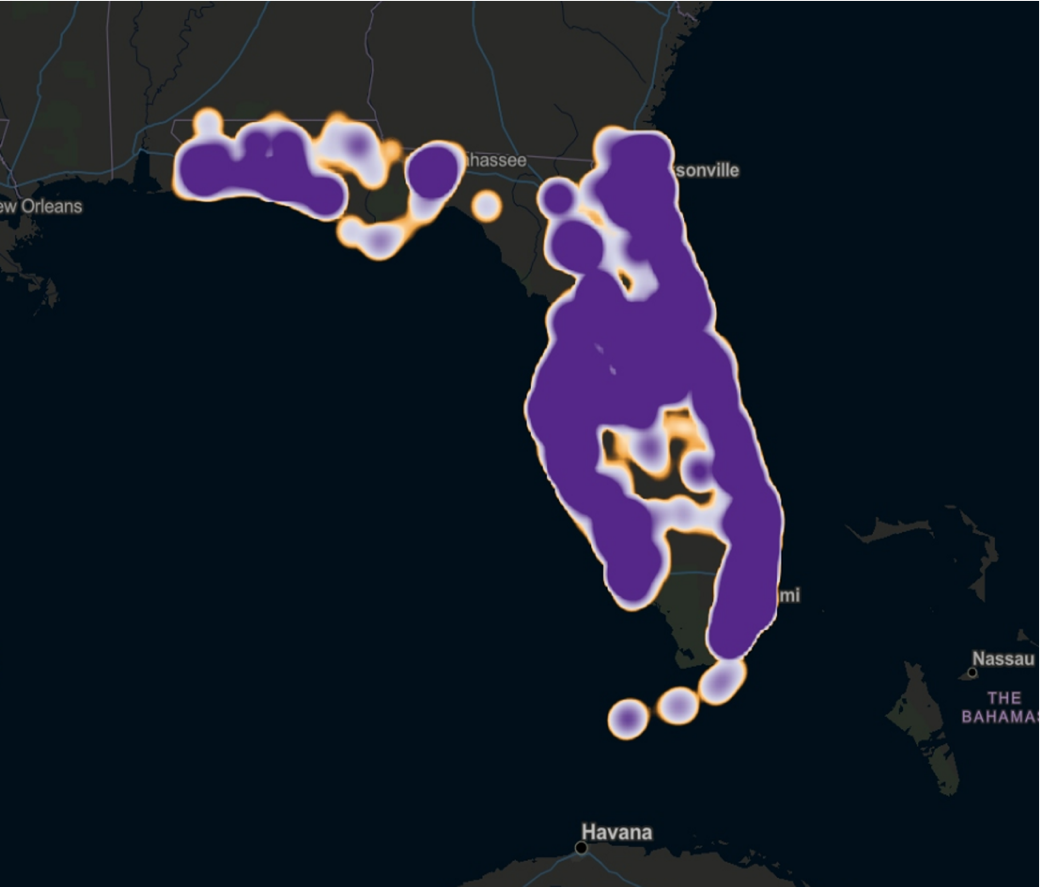Las Vegas
Las Vegas is almost constantly reinventing itself to stay exciting and fresh for its almost 30 million annual visitors.
It is sometimes said that the city has a new skyline every decade. This is still true, although the skyline over the 2020s is likely to be filled with office towers and apartment complexes in addition to casinos and convention centers. In the 1990s, the casinos began moving just outside the Las Vegas city limits to avoid paying city taxes. The famous Las Vegas Strip is actually in neighboring Paradise, which is the country’s most populous unincorporated city. Since then, officials in Las Vegas have been courting other industries to make up for the drop in revenue. Sports and entertainment and diversification of activities away from pure play casinos is driving growth in Vegas both on and off the strip with major teams looking to relocate, driving more large-scale, mixed-use development. Along with the increase in entertainment follows an increase in social infrastructure and residential requirements, driving the creation of a more stabilized market along with industrial, logistics, and manufacturing.
The climate of Southern Nevada is hot and dry, which makes it surprisingly good for some kinds of manufacturing. This has, in turn, led officials to lobby for CHIPS Act grants to build facilities here. So far, this has been unsuccessful. But the Act still has billions set aside that could transform the Las Vegas economy and construction industry.
* Other structures include religious buildings, amusement, government communications, and public recreation projects.

Source: BuildMarket
– SIGN UP –
Receive a full version of our
construction Market Analysis
each quarter.
